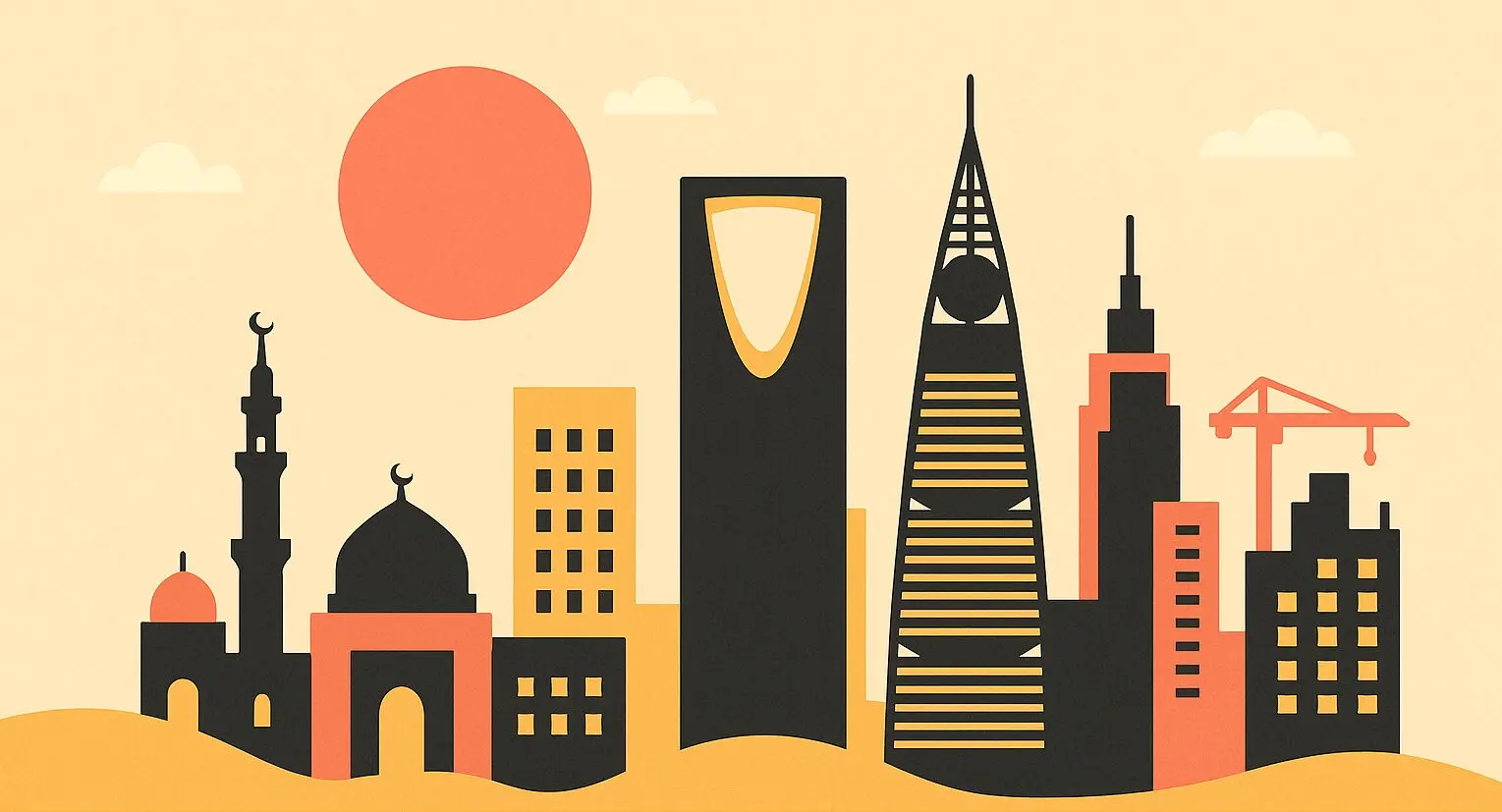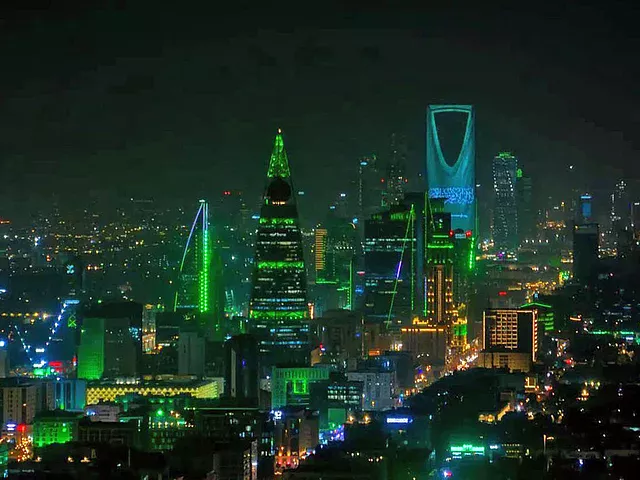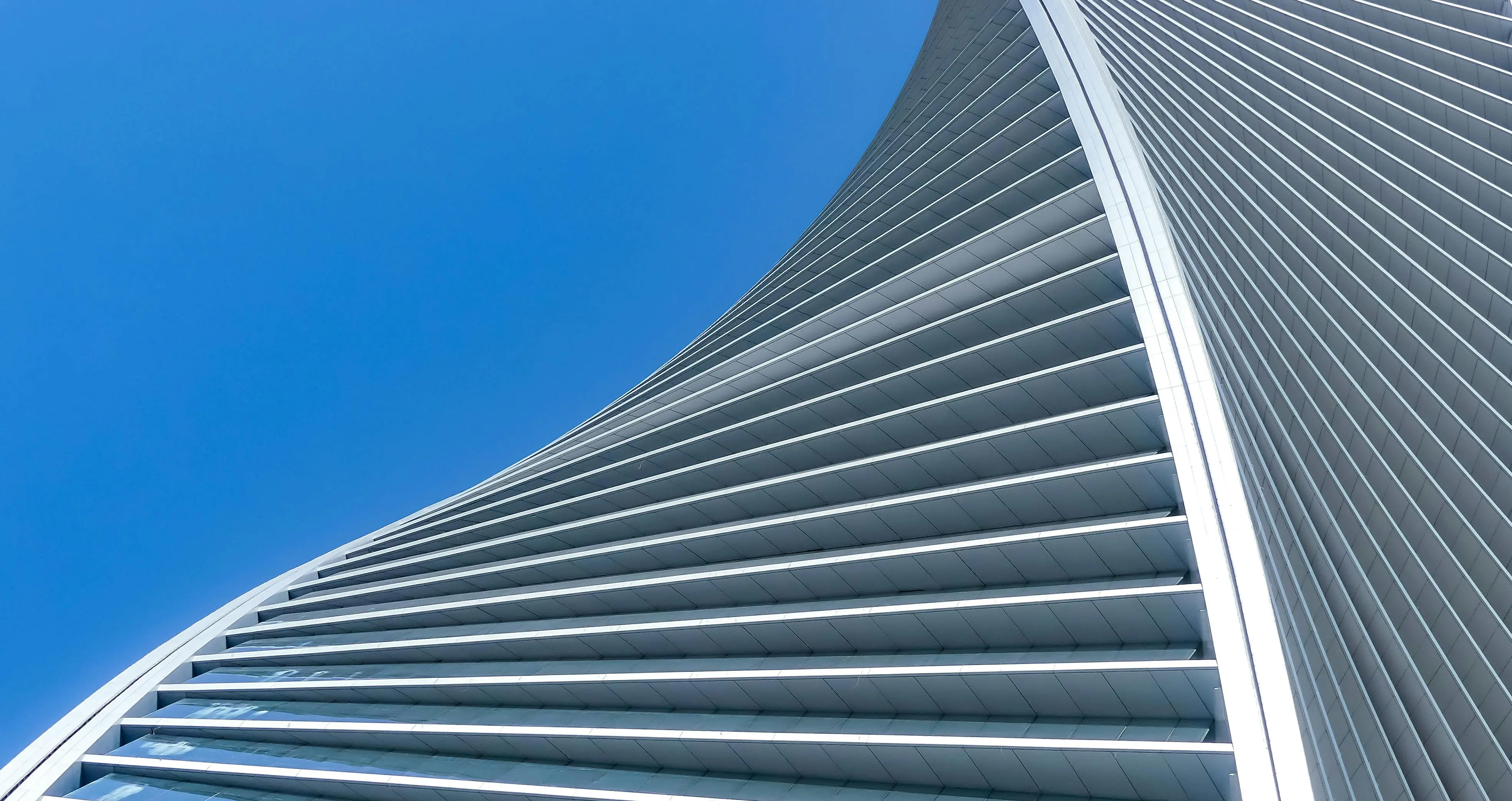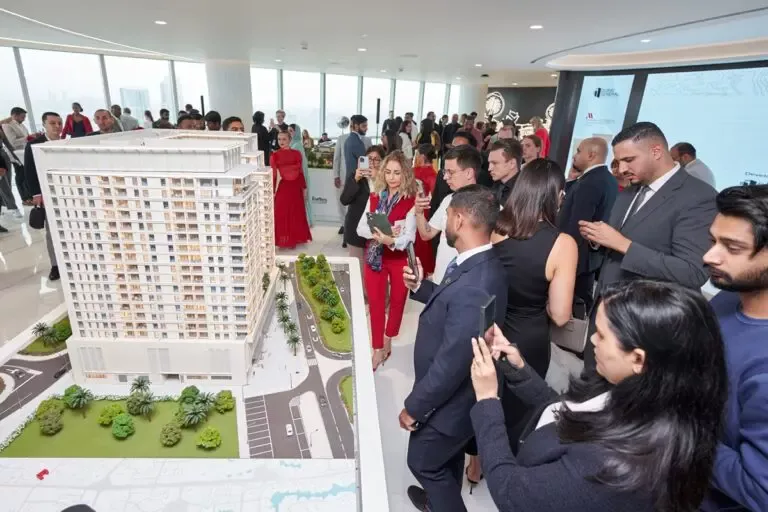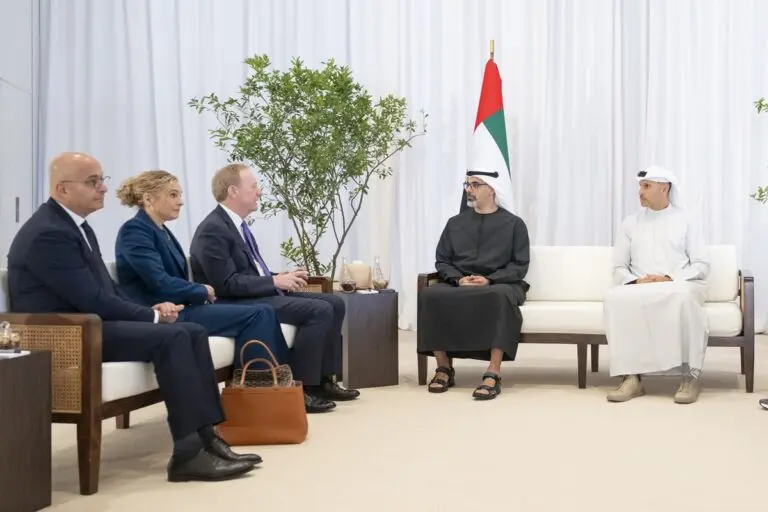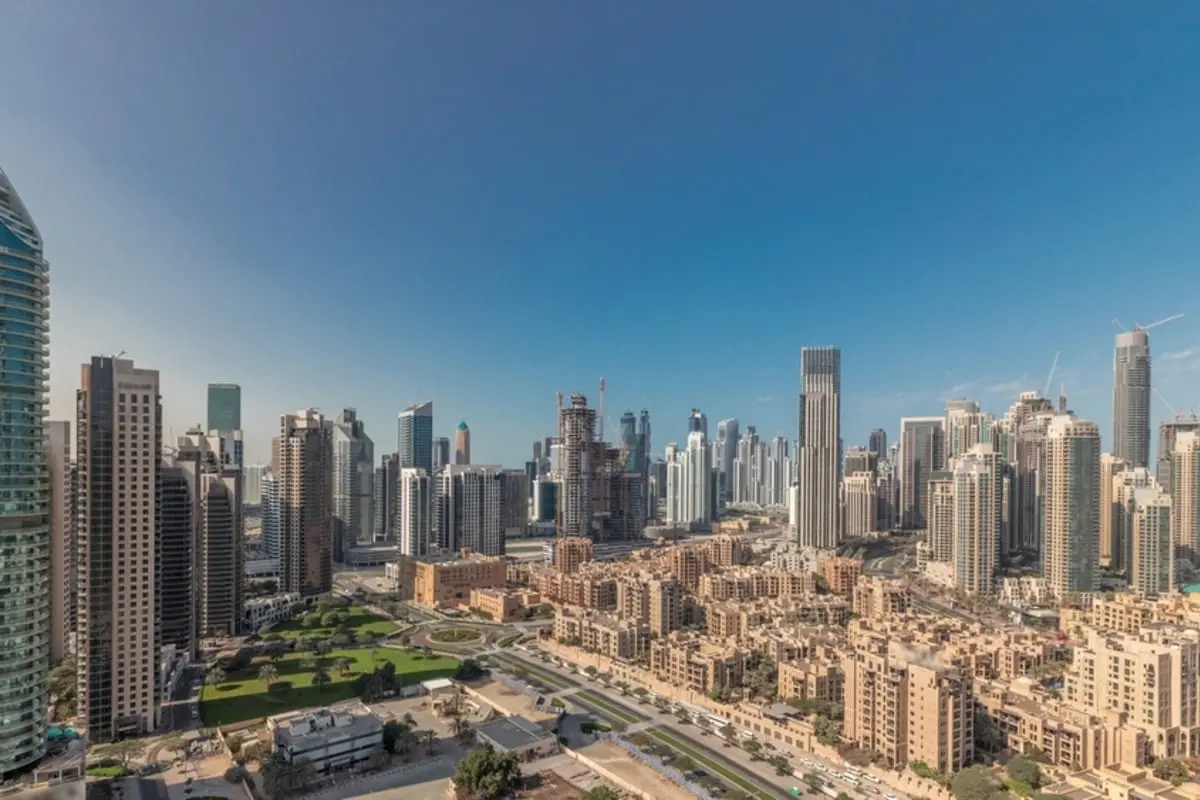Saudi Arabia’s real estate market is undergoing a significant transformation, underpinned by robust non-oil economic growth and a series of landmark regulatory reforms introduced in the third quarter of 2025. According to a new report from CBRE Middle East, these changes are setting the stage for sustained expansion across all property sectors.
The Kingdom’s economy has shown remarkable resilience, with real GDP growing by 3.9% year-on-year in Q2 2025, leading to an upgraded forecast of 4.2% for the full year. A key milestone was reached as the non-oil sector’s contribution to total GDP hit 56%, fuelling demand across residential, office, retail, and hospitality real estate.
“Saudi Arabia’s real estate market is currently moving through a major transformation phase, amidst significant regulatory reforms, and sustained strategic investments, creating a dynamic environment for investors, developers, and occupiers alike,” said Matthew Green, Head of Research, MENA at CBRE.
The third quarter saw three major policy interventions aimed at regulating the market, enhancing affordability, and attracting global investment:
- New Foreign Ownership Law: Set to take effect in January 2026, this legislation will open the market to foreign non-resident buyers, a key step in attracting the targeted $100 billion in annual FDI by 2030. This move aligns with the Kingdom’s broader strategy for economic diversification, as noted in the recent growth of Dar Global’s project pipeline amid Saudi expansion.
- Expanded White Land Tax (WLT): The framework for the revised WLT was detailed in August, targeting over 411 million square metres of undeveloped land with a tiered rate structure to spur development and curb land speculation.
- Five-Year Rent Freeze in Riyadh: Implemented in September, this measure aims to stabilise living and business costs, boosting the capital’s appeal as a global business destination.
The scale of development is vast, with $440 billion in committed projects and a potential long-term pipeline valued at $1.55 trillion. Giga-projects, particularly NEOM, constitute a significant portion of this future development. However, recent reports suggest a potential moderation in the pace of new contract awards, with the Saudi Finance Minister indicating the Kingdom would “take stock” of project spending.
Sector-Specific Performance
The office sector continues to be a top performer, largely driven by the Regional Headquarters (RHQ) program, which has issued 634 licenses to date. In Riyadh, Grade A office rents have increased by 15% year-on-year, with occupancy rates at a near-full 98%.
The residential market also saw strong activity, with transaction volumes growing 17.9% quarter-on-quarter to a total value of SAR 7.7 billion. In Riyadh, apartment prices rose by 6.3% and villa prices by 11.6% year-on-year.
In the retail sector, performance has been supported by strong consumer spending. The market is preparing for significant new supply, with 800,000 sqm of space in the pipeline, including major projects like Westfield Riyadh and Avenues Mall slated for 2026–2027.

